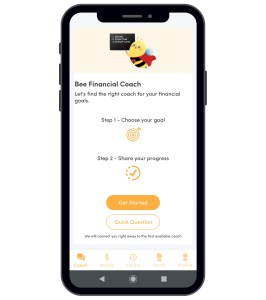Intel subsidiary Mobileye and rental car giant Sixt SE plan to launch a robotaxi service in Munich next year, the CEOs of the two companies announced Tuesday during the IAA Mobility show in Germany.
The robotaxi service is leveraging all of Intel’s, and more specifically Mobileye’s, assets that have been in development or purchased in recent years, including the $900 million acquisition in 2020 of Moovit, an Israeli startup that analyzes urban traffic patterns and provides transportation recommendations with a focus on public transit.
Through the partnership, riders will be able to access the robotaxi service via the Moovit app. The service will also be offered through Sixt’s mobility ONE app, which gives customers the ability hail a ride, rent, share or subscribe to vehicles.
Intel and Mobileye plan to scale the service across Germany and into other European countries later this decade. The companies chose Germany, a country where Mobileye is already testing its autonomous vehicle technology, because of a recently enacted law that permits driverless vehicles on public roads,. Mobileye robotaxis are expected to begin early-rider testing on Munich streets in 2022. The fleet will then move from test to commercial operations upon regulatory approval.
“Germany has shown global leadership toward a future of autonomous mobility by expediting crucial AV legislation,” Intel CEO Gelsinger said Tuesday at IAA. “Our ability to begin robotaxi operations in Munich next year would not be possible without this new law.”
During the IAA keynote, Mobileye also unveiled the vehicles branded with MoovitAV and SIXT. These vehicles, which are equipped with Mobileye’s self-driving system, will be produced in volume and used for the robotaxi service in Germany, the companies said.
While Mobileye is perhaps best known for supplying automakers with computer vision technology that powers advanced driver assistance systems — a business that generated nearly $967 million in sales last year — the company has also been developing automated vehicle technology.
The self-driving system, now branded as Mobileye Drive, is made up of a system-on-chip based compute, redundant sensing subsystems based on camera, radar and lidar technology, its REM mapping system and a rules-based Responsibility-Sensitive Safety (RSS) driving policy. Mobileye’s REM mapping system essentially crowdsources data by tapping into more than 1 million vehicles equipped with its tech to build high-definition maps that can be used to support in ADAS and autonomous driving systems.
That data is not video or images but compressed text that collects about 10 kilobits per kilometer. Mobileye has agreements with six OEMs, including BMW, Nissan and Volkswagen, to collect that data on vehicles equipped with the EyeQ4 chip, which is used to power the advanced driver assistance system. On fleet vehicles, Mobileye collects data from an after-market product it sells to commercial operators.



